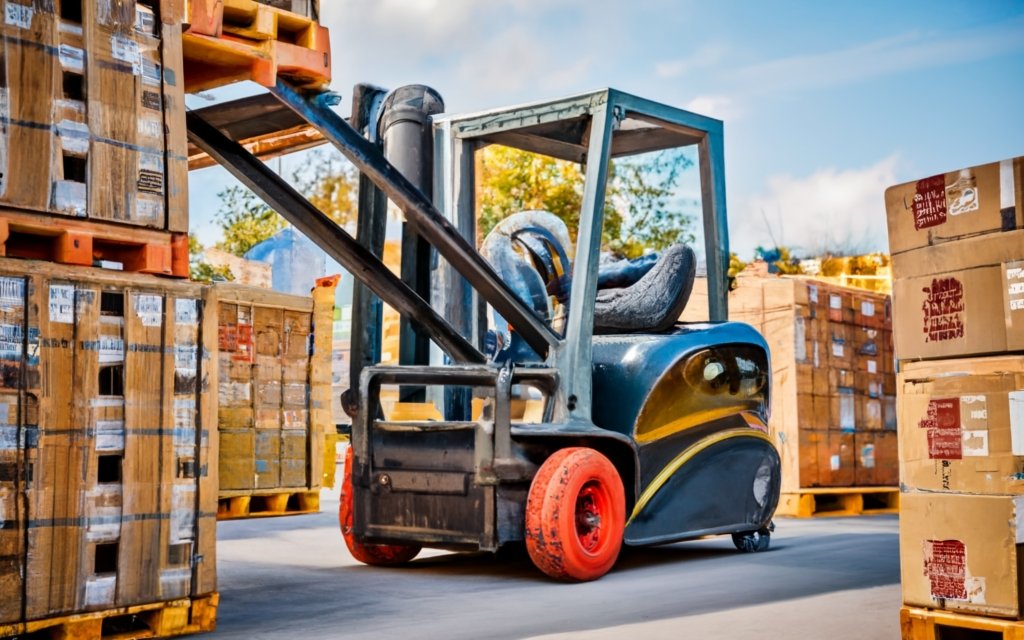Choosing the right pallet size is a critical decision for any business that deals with shipping and logistics. It may seem like a trivial consideration, but selecting the perfect pallet size can greatly impact the efficiency of your operations and ultimately your bottom line. In this article, we will explore the key factors that you should consider when choosing the ideal pallet size for your business.
One important factor to keep in mind is the size and weight of your products. You want to select a size that can safely and securely accommodate your goods without any risk of damage during transportation. Additionally, the size of your warehouse and shipping containers should also be taken into account. It’s essential to ensure that the pallets fit comfortably and can be easily stacked and stored in your facility.
Moreover, considering industry standards and regulations is crucial. Different industries may have specific requirements for pallet sizes, and complying with these standards can help streamline your supply chain and avoid any potential issues or delays.
In conclusion, choosing the perfect pallet size involves considering various factors such as product dimensions, warehouse capacity, and industry regulations. By carefully evaluating these aspects, you can make an informed decision that optimizes your shipping processes and contributes to the overall success of your business.
Common pallet sizes and their dimensions

When it comes to sizes, there are several common options available in the market. The most widely used pallet size is the standard 48″ x 40″ pallet, which is commonly known as the GMA pallet. This size is widely accepted across various industries and is compatible with most warehouse racking systems. Another popular option is the 42″ x 42″ pallet, which is commonly used in retail and grocery distribution. Other sizes include the 48″ x 48″ pallet, which is used primarily in the chemical and drum industries, and the 36″ x 36″ pallet, which is often used for smaller shipments or in limited storage spaces.
When choosing a pallet size, it is important to consider the dimensions of your products. You want to select a pallet size that can safely and securely accommodate your goods without any risk of damage during transportation. If your products are larger or irregularly shaped, you may need to opt for a larger pallet size to ensure proper support and stability. On the other hand, if your products are smaller or uniform in size, you may be able to use a smaller pallet size to optimize space and reduce costs.
Factors to consider when choosing a pallet size

In addition to product dimensions, there are several other factors that you should consider when choosing a pallet size for your business. One important factor is the weight capacity of the pallet. Different pallet sizes have different weight capacities, and it is crucial to select a size that can safely handle the weight of your products. Overloading a pallet can lead to structural damage, posing a safety risk during transportation and potentially causing delays and additional costs.
Load distribution is another critical factor to consider. Properly distributing the weight on a pallet can help prevent imbalances and ensure stability during transportation. Uneven weight distribution can result in pallets tipping over or products shifting, leading to damaged goods and potential safety hazards. By choosing a pallet size that allows for efficient load distribution, you can minimize the risk of accidents and maximize the safety of your shipments.
Weight capacity and load distribution

The size of your warehouse and shipping containers should also be taken into account when selecting a pallet size. It’s essential to ensure that the pallets fit comfortably and can be easily stacked and stored in your facility. If your warehouse has limited space, opting for smaller pallet sizes can help maximize storage capacity and improve overall efficiency. On the other hand, if you have ample storage space, using larger pallet sizes may be more cost-effective and allow for better utilization of available resources.
In addition to warehouse space, you should also consider the size of your shipping containers. Whether you use trucks, containers, or other modes of transportation, it is important to select a size that can be efficiently loaded and unloaded. Compatibility with your shipping containers will help streamline your loading and unloading processes, reducing the risk of delays and ensuring smooth operations.
Storage and warehouse space considerations

Another important factor to consider when choosing a pallet size is your transportation and shipping requirements. Different modes of transportation may have specific limitations or regulations regarding pallet sizes. For example, if you frequently ship via air freight, you may need to select sizes that meet the requirements of airlines and fit within the dimensions of cargo planes. Similarly, if you ship via sea freight, you will need to consider the dimensions of shipping containers and ensure that your pallets can be easily loaded and secured.
It’s also worth considering the handling equipment available in your supply chain. If you use forklifts or other material handling equipment, you need to select a size that is compatible with the equipment used in your warehouse and transportation processes. This will help ensure smooth and efficient material handling, reducing the risk of accidents and improving productivity.
Transportation and shipping requirements
When choosing a size, it is crucial to consider industry standards and regulations. Different industries may have specific requirements for pallet sizes, and complying with these standards can help streamline your supply chain and avoid any potential issues or delays. For example, the grocery industry often requires the use of specific pallet sizes to ensure compatibility with their automated systems and to facilitate efficient distribution. By aligning your size with industry standards, you can enhance collaboration with partners and customers, and avoid any unnecessary complications.
Industry standards and regulations
The choice of pallet size can have cost implications for your business. Larger pallet sizes generally require more raw materials to manufacture, resulting in higher costs. Additionally, larger pallet sizes may require more storage space, leading to increased warehouse expenses. On the other hand, smaller pallet sizes can help optimize space and reduce costs, especially if you have limited storage capacity. However, it’s important to strike a balance between cost and functionality. Opting for a pallet size that is too small can result in inefficiencies, such as increased handling time and reduced load capacity. Therefore, it is crucial to carefully evaluate the cost implications of different pallet sizes and consider the long-term benefits they offer.
Cost implications of different pallet sizes
While standard pallet sizes are widely available and commonly used, you may also consider custom pallet options to better suit your specific needs. Custom pallets can be designed to match the dimensions and weight requirements of your products, ensuring a perfect fit and optimal support. Custom pallets can be particularly beneficial for businesses with unique product sizes or specialized transportation needs. Additionally, alternative materials such as plastic or composite pallets may offer advantages in terms of durability, hygiene, and ease of handling. Exploring custom pallet options and alternative materials can help you find the perfect solution that aligns with your business requirements.
Custom pallet options and alternatives
In conclusion, choosing the perfect size involves considering various factors such as product dimensions, warehouse capacity, transportation requirements, industry standards, and cost implications. By carefully evaluating these aspects, you can make an informed decision that optimizes your shipping processes and contributes to the overall success of your business. Remember to take into account the specific needs of your products and industry, as well as the limitations and regulations that apply to your supply chain. By choosing the right size, you can enhance efficiency, reduce costs, and ensure the safe and secure transportation of your goods.




